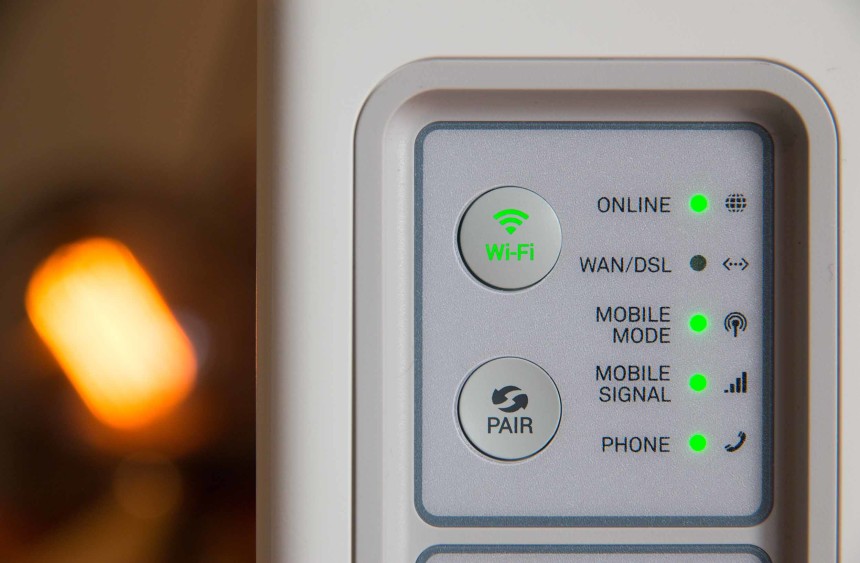How Fibre is shaping the Smart City
Yesterday, we shared an ambitious dream - to connect the computer, an amalgamation of indistinct parts, to the Internet. When that dream became a reality, the world changed, initiating a tectonic shift in the way our society functions and bringing forth an information age, where the stroke of a fingertip can unravel an entire archive.
Today, our dream is just as ambitious - to connect everything around us to the Internet. But this dream, in which ambient objects are exploited for their wealth of data, radically expands the scope for change.
Nowhere is the vision of a connected society more apparent than the smart city, an embodiment of our shift towards a more efficient, equal and sustainable future. In the smart city, real-time data is fed from a network of sensors, each no larger than a fingernail, and analysed to extract actionable insights with Big Data.


